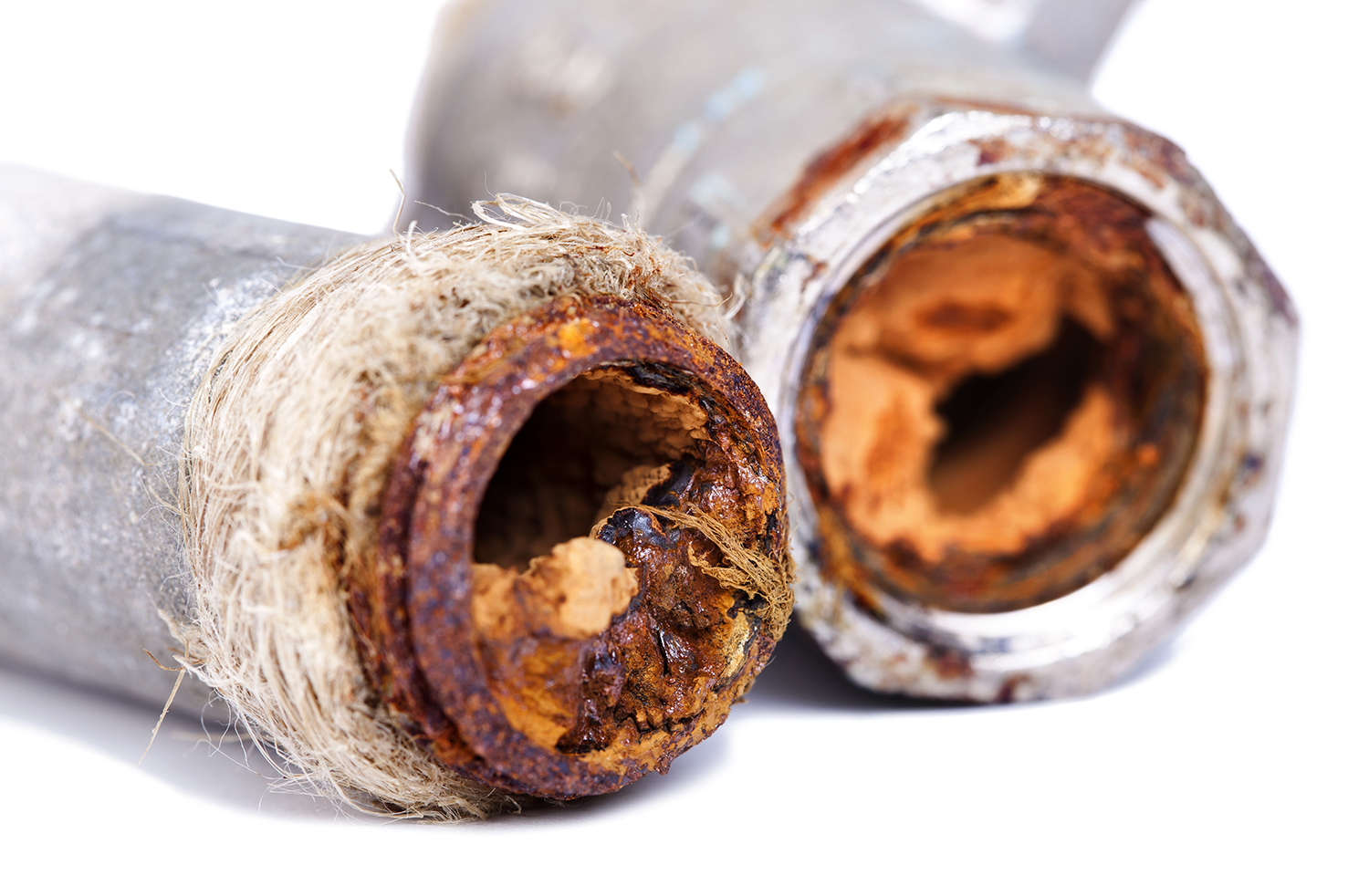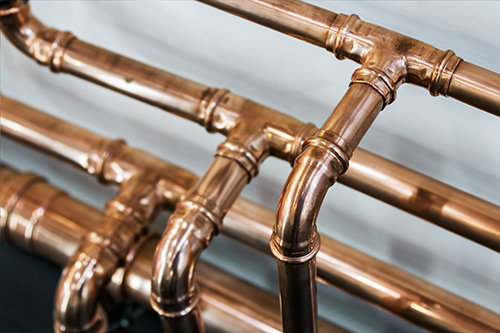
Unfortunately the pipes in your plumbing system do not last forever. Replacing sections of your pipes that seem to be the cause of constant problems may seem tempting. However, continuous patch up work can quickly add up and the reality may be that your home or business simply need a full repipe. In this article we will go over how to determine if you need to consider a repipe and what that process will entail.
When should you consider repiping your home
The first thing we will look at are signs that suggest you should repipe your house. Though there is no exact formula to determine this, taking these few things into consideration will help you decide if it’s something you should seriously consider.
Your plumbing system is over 50 years old. Homes with a plumbing system that’s around 50 years old most likely have galvanized pipes. This means pipes that were coated with a layer of zinc. Though this was believed to help prevent corrosion, over time it turned out that these pipes in fact are prone to a lot of problems, such as internal rusting and mineral buildup, especially as they get older.
Your pipes are rusty. Rusty pipes are not only more susceptible to burst and leak, but can also have a negative impact on your health. The rust on the inner walls of your pipes can break off and contaminate your water, causing discoloration and unpleasant smells. Though rust itself does not cause serious health problems, it can lead to skin rash and if consumed, an upset stomach.
It seems like your pipes are always leaking. Pipe leaks can occasionally occur and aren’t necessarily an immediate reason to panic. But frequent and reassuring leaks in different parts of your home or business, suggest that your plumbing system is ready to go.
Your house still has lead pipes. Lead in your water is toxic and will cause serious health issues, even if you use water filters. Lead pipes are uncommon now, but older homes built in the early 1900’s, may still have them, so if you learn that your home has lead pipes, do not hesitate and schedule a house repipe immediately.
There are different types of pipes to choose from
Once you decide that a house repipe is something you need to invest in, the next decision will be what kind of pipes to choose for your plumbing system. Here are the three most common and best options to consider:
CPVC – or chlorinated polyvinyl chloride, are plastic pipes that are excellent at withstanding high temperature and are a cost effective solution. They are non-toxic and resistant to chemicals, keeping your water purity intact. They are flame resistant but are sensitive to colder climates and freezing temperatures, which will increase a chance of a leak. CPVC pipes have a lifespan of around 40 years.
 Copper Pipes – with a lifespan of 50 years, these pipes pass the corrosion test and are the most common pipes used by homeowners. They are very durable and can be installed both inside and outside. Because they are metal, they are more expensive and prone to burst in freezing temperatures.
Copper Pipes – with a lifespan of 50 years, these pipes pass the corrosion test and are the most common pipes used by homeowners. They are very durable and can be installed both inside and outside. Because they are metal, they are more expensive and prone to burst in freezing temperatures.
PEX – Cross-linked polyethylene is light weight and easy to install, making it another cost-effective solution. This material is more durable and has become a standard when it comes to house repiping. They can withstand both hot and cold water in their extremity and are flexible, making them more burst-resistant. The drawback of PEX pipes is that they cannot be exposed to sunlight and therefore should not be installed outside.
What does a house repipe involve
Time. As you’ve probably guessed, the amount of time it’ll take for a whole house repipe, really depends on the size of your house and the plumbing system you currently have. On average a repipe can take as little as a couple of days and up to a week.
Cost. Just like time, the cost varies too, however here is a general breakdown. CPVC pipes cost $0.50 to $1 per foot, PEX $0.50 to $2 and Copper $2 to $4. With that said, a single fixture repipe can cost between $600 to $2000 and a whole system repipe anywhere from $4000 to $15,000.
Permits. A plumbing permit costs $30 to $500 to pull or between $7 and $50 per fixture for a repipe. These permits can usually be obtained the same day for residential properties but can take up to 4 weeks for commercial lots. Once the project is complete your new plumbing system will need to pass a city inspection.
Work. A house repipe involves work on your part as well as your plumber. To gain access to your pipes, drywall will need to be removed and then replaced. Before starting a job your plumber will walk you through the process and point out areas where they will need clear access so be prepared to move any furniture or belongings that may be in the way.
A house repipe can seem like a major hassle and it’s no secret that this is a big job that should be left to the hands of professionals who are not only experienced but also insured. Here are VIP Drain Services our team is ready to assist you and make the process easy and smooth, leaving you with satisfying and lasting results.


